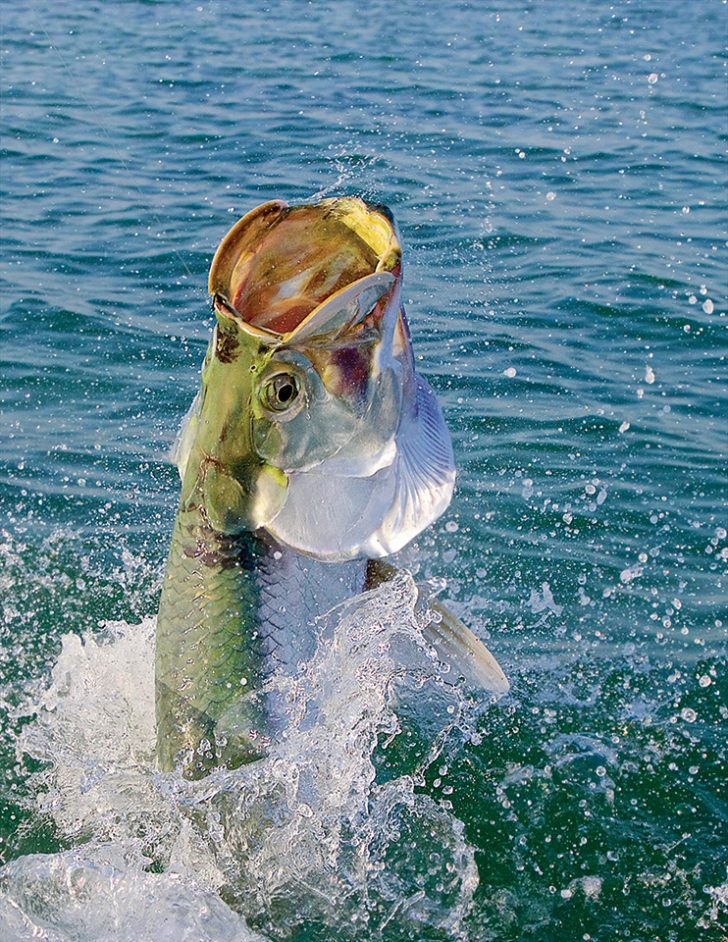
By Cam Staff
While tarpon are a year-round target for anglers in the Florida Keys, there is no better time than right now if a big silver king is on your bucket list.
A typical tarpon season in the Keys ramps up in March and continues into the summer most years. The best months are April and May, at the peak of the spring migration, when large fish are both prevalent and vulnerable to the tactics of anglers.
This time of year, catches average in the 80-pound range and anglers encounter fish 200 pounds and larger. There’s nowhere in the world that offers a better opportunity to sight fish clear-water flats for giant tarpon.
In their thousands, migrating tarpon push into the backcountry, skirting the edges of flats and channels. Year after year, they follow predictable travel routes, which makes fishing for them a lot like deer hunting. If you know where they’re likely to be, you can stake the boat in ambush and wait for them to roll through. A local guide who stays on top of the movements is worth his weight in gold when it comes to encountering giant tarpon.
Notice we said “encountering giant tarpon,” not “catching giant tarpon.” Getting shots at these giant fish is highly likely, convincing them to eat and then fighting them to the boat is not. With a fly, enticing a big tarpon takes skill and luck. First-timers are better off fishing live bait. A crab fished under a float in the passes and around bridges can lead to multiple hook-ups in a day. Fish funnel through the passes and are consolidated in bridge channels, where they are likely to bump into your bait.
What follows are powerful runs and repeated jumps. The slightest mistake on the part of the angler will result in a thrown hook or broken line. Even experienced anglers are left with a slack line more often than not.
Anglers who win the battle are responsible for reviving and releasing an animal that could be up to 50 years old. Tarpon grow slowly. It takes them seven to 13 years to reach sexual maturity. It is imperative for the future of the fishery to give each fish caught the highest possibility of survival.
All Florida tarpon longer than 40 inches must be released, with an exception for anglers holding a state tarpon tag for the purpose of achieving a state or world record. Large tarpon should remain in the water at all times, which means unhooking and photographing them quickly, with an effort to keep the head and gills in the water as much as possible.
Tarpon will often fight to exhaustion, so reviving them greatly increases their chance of survival. Hold them horizontally in the water with their mouth open, moving them forward to push water over their gills. Do this until they swim off on their own.
For more information, go to myfwc.com.